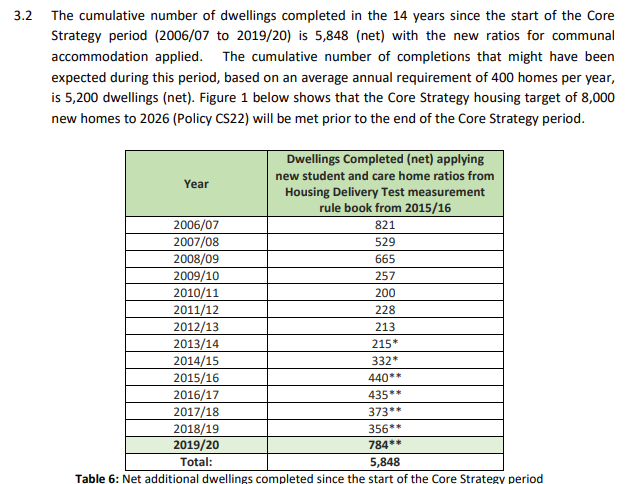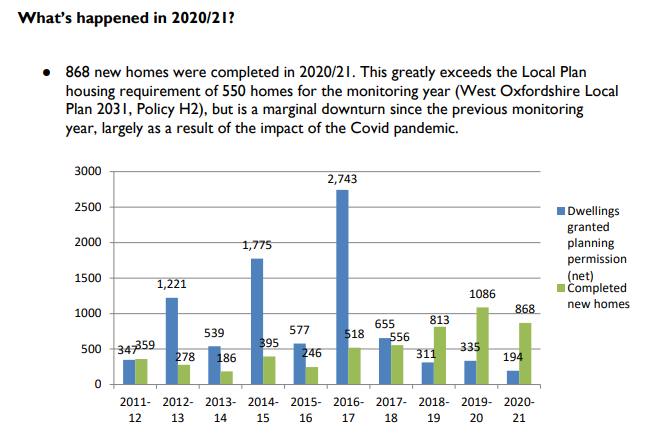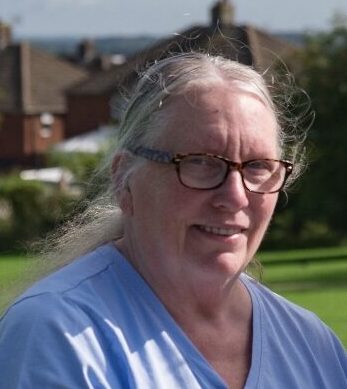Earlier this month, the five local authorities in Oxfordshire announced they were unable to agree the way forward for determining housing numbers in the Oxfordshire Plan 2050, and that work on the Plan would therefore end. That was disappointing to those of us who had worked for so long to make it a success.
In the aftermath of that decision, people are wondering what comes next. Here’s a short list:
- Vale’s work is now focused on our emerging Joint Local Plan (joint with SODC). Where before, we were waiting for OxPlan50 to inform our housing need numbers, we will now do that work for ourselves. that work is underway.
- The most recent OxPlan50 consultation, which finished in October 2021, told us that the public valued a lot of the policies being mooted for that plan, especially the environmental policies, and more especially, those to do with sustainable construction and transport. We can use them, and the evidence gathered so far, in our Joint Local Plan.
- One really great thing about the OxPlan50 was the vision, which each council approved. We will be going ahead with our plan, and take into account that Vision. (See the whole Vision for sustainable Oxfordshire in my DropBox here: https://www.dropbox.com/s/arigeo06o6zygdt/Oxfordshire%20Plan%20Vision.pdf?dl=0)
Here’s a summary of the Strategic Vision for Oxfordshire: 
- All of the housing we committed to in our Local Plan 2031 is still going forward, including the 2200 we agreed to provide to help meet Oxford’s housing needs (that they are unable to provide on their own).
Personally, I am determined to do all I can to make this emerging Joint Local Plan all that we need it to be for our districts for the next 20 years: the right numbers of the right types of net-zero carbon houses in the right sustainable places, the jobs and employment locations that ensure this area’s economic health, and whatever else we can do to look after our residents’ and workers’ well-being.








